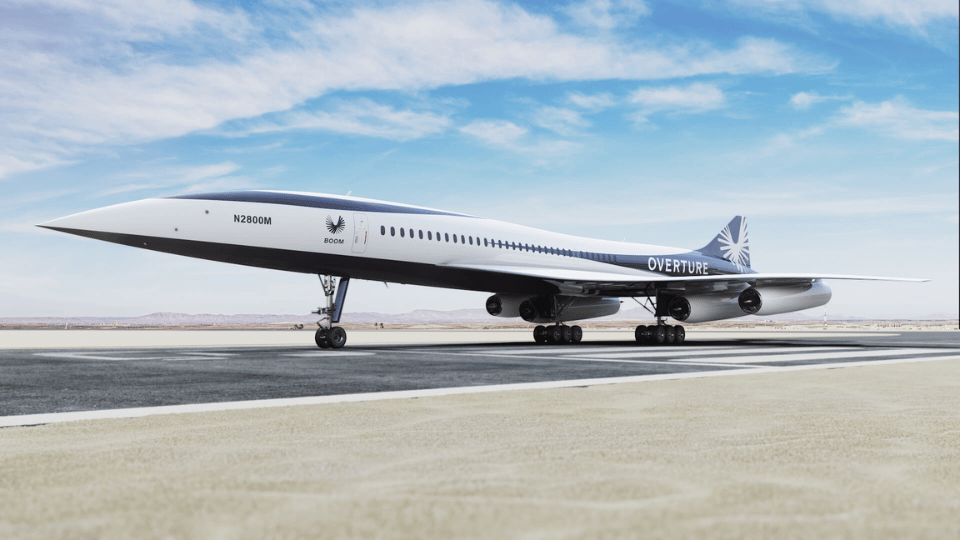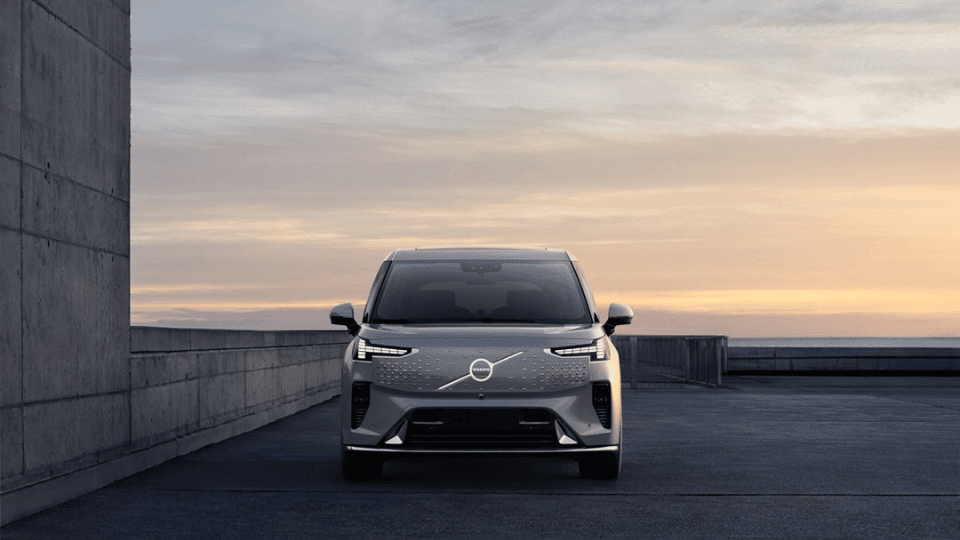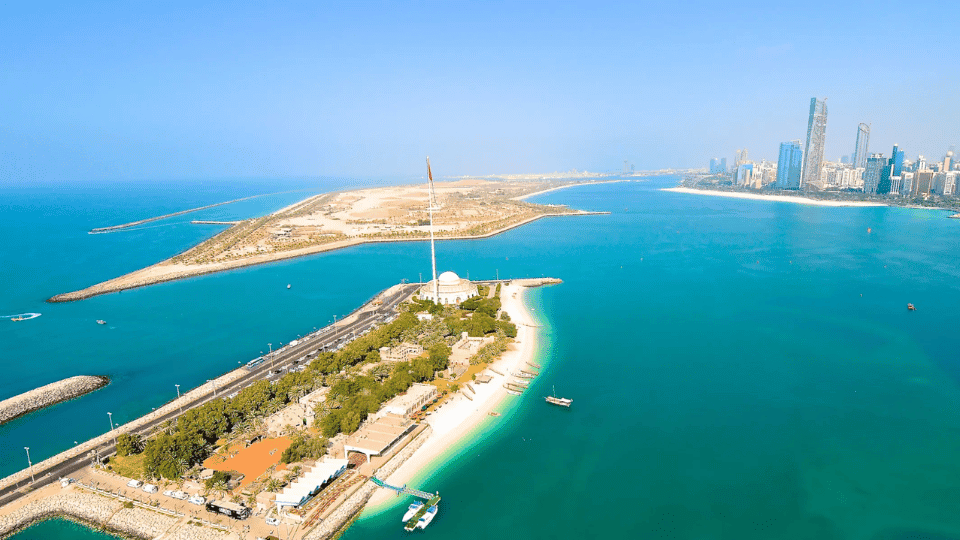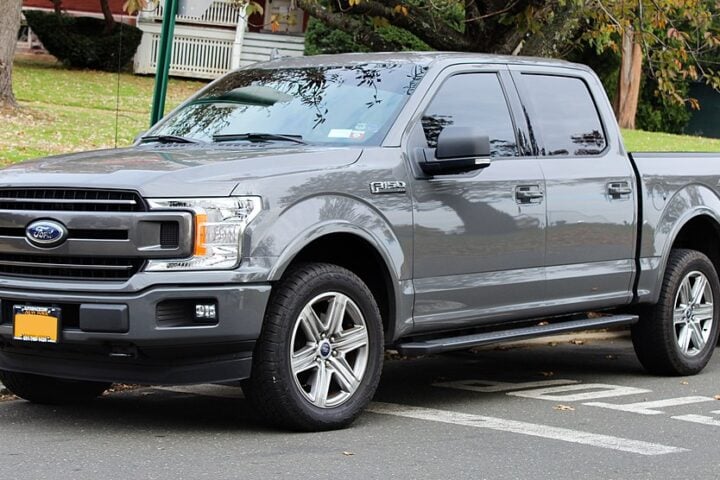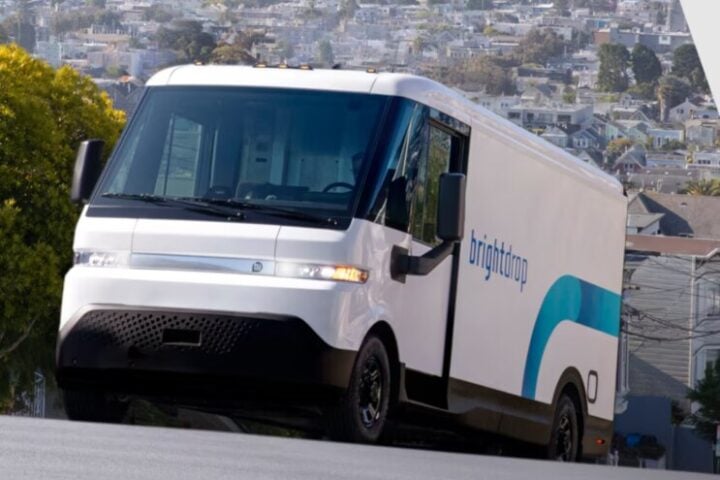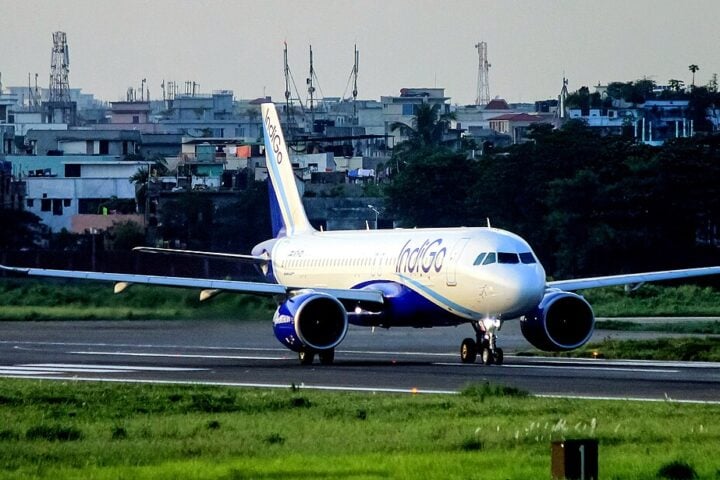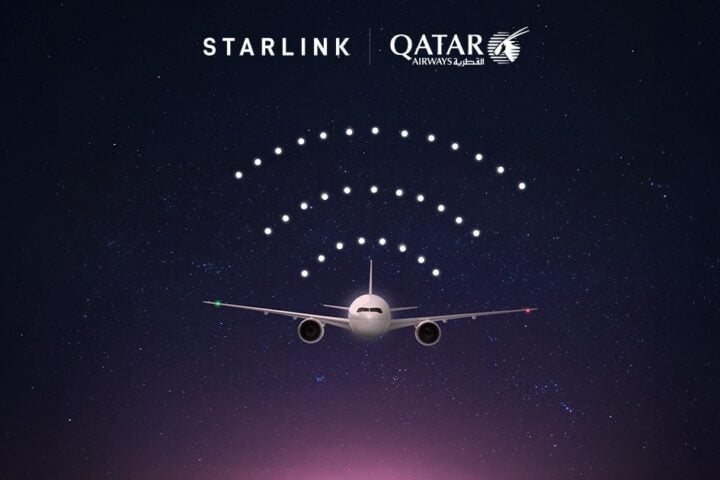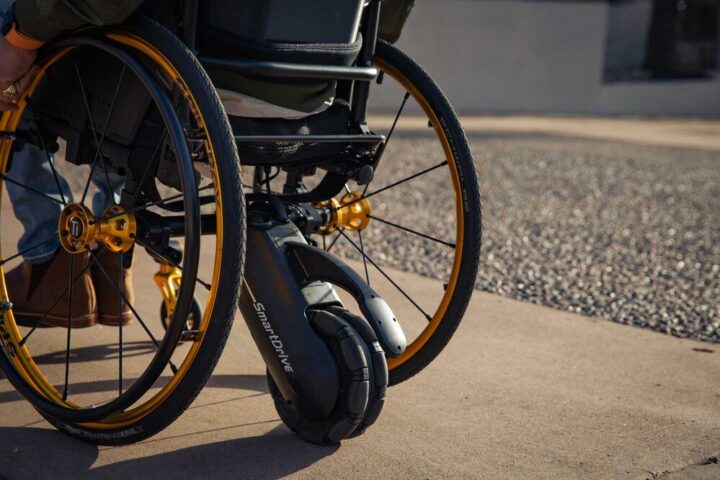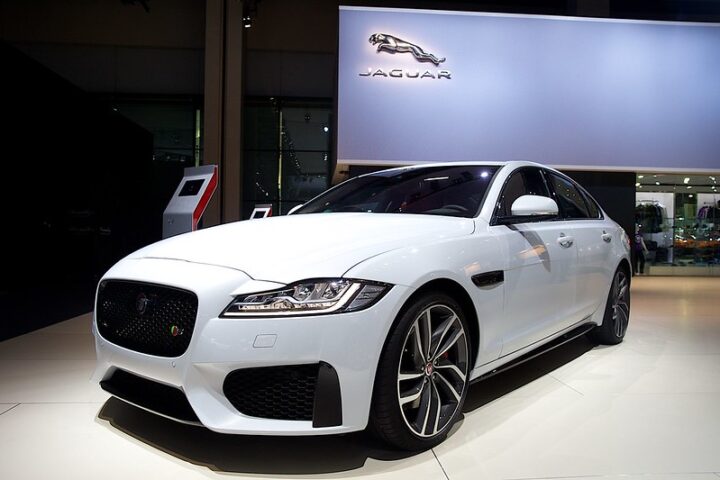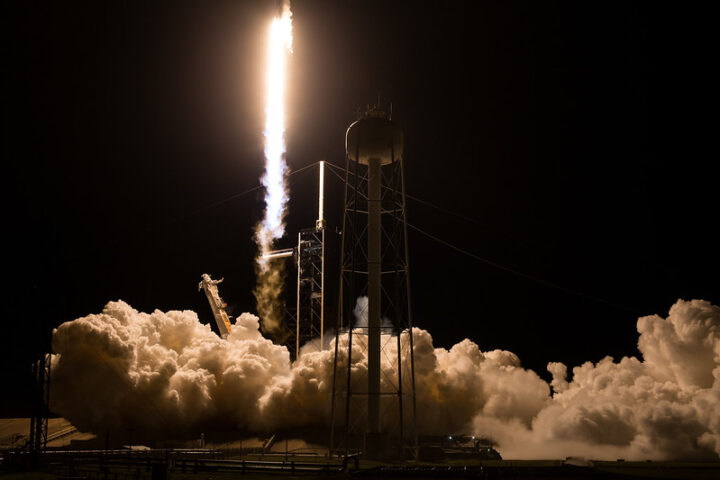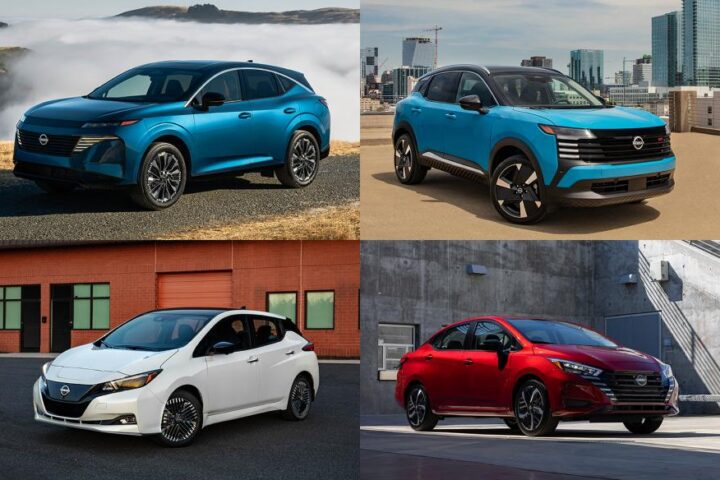Boom Supersonic’s Overture airliner is a game-changer in aviation. It recently unveiled major progress across its key projects: the Overture airliner, the Symphony engine, and the XB-1 supersonic demonstrator. Well, it’s not just fast; it’s possibly the fastest, aiming to cut flight times in half. Gather this: New York to London in just 3.5 hours. It’s not a pipe dream; major airlines like American, United, and Japan Airlines have already lined up, with 130 aircraft on order. But speed isn’t its only ace; Overture runs on 100% sustainable aviation fuel (SAF), making it a green machine in the skies.
The Symphony engine, tailor-made for Overture, is a marvel in aviation tech. It recently cleared its Conceptual Design Review (CoDR), a big step towards its first hardware rig tests in 2024. This engine isn’t just about power; it’s about sustainable power, reducing the environmental footprint of faster-than-sound travel.
The XB-1, Boom’s supersonic demonstrator, is all set for its maiden flight at the Mojave Air & Space Port. It’s not just another test flight; it’s a critical step in refining the tech for Overture. The FAA’s green light and successful tests like ground vibration and medium-speed taxi testing are big wins for the XB-1.
Boom’s vision is fueled by a hefty funding pool, now over $700 million. The NEOM Investment Fund (NIF) from Saudi Arabia is a key investor, eyeing to bring supersonic travel to the Gulf. This isn’t just about commercial flights; it’s about global connectivity. Meanwhile, in Greensboro, North Carolina, the Overture Superfactory is taking shape, ahead of schedule. Set to be completed by Q2 2024, this factory is where the Overture fleet will come to life.
Boom’s not just building faster planes; they’re reimagining air travel. Their collaboration with giants like Northrop Grumman extends their reach beyond commercial flights to government and defense. Boom Supersonic isn’t just breaking speed records; it’s about reshaping how we fly. With the Overture, Symphony engine, and XB-1, they’re crafting a future where flights are faster, greener, and more connected. The world’s watching, ready for the next big leap in air travel.
